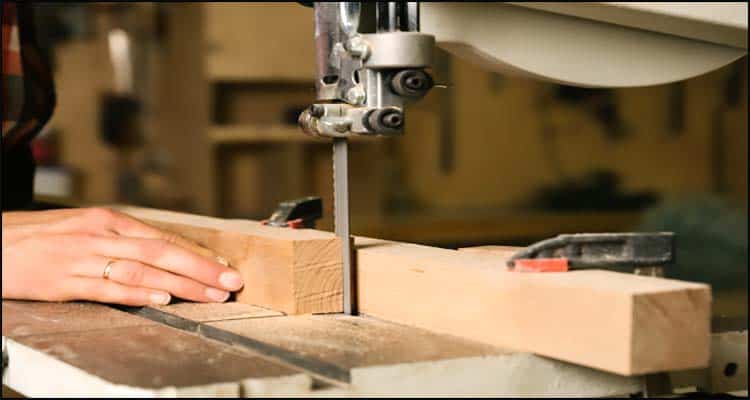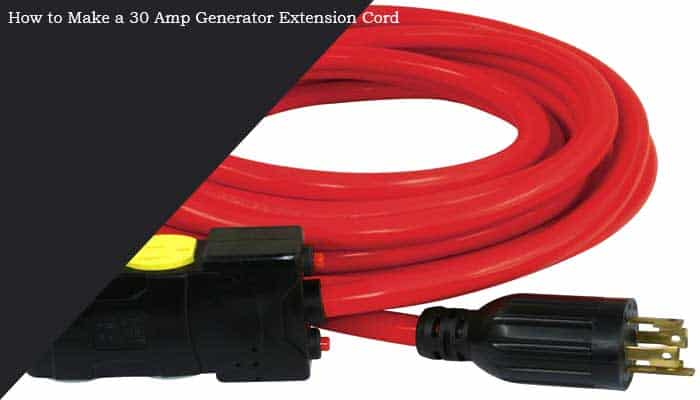How to Ground a Portable Generator
Generators offer many advantages. They are lifesavers in the event of emergency power outages. However, they also come with some risks and should be treated with caution. A safety requirement for operating an electrical generator is to ensure that it is properly grounded. While not all generating sets require grounding, if you evade the procedure when dealing with a generator that requires grounding, it can be risky.

This shouldn’t be a concern if your generator already has a built-in grounding function. However, if your power generator lacks a built-in grounding function, you will need to do it manually.
Perhaps this is the problem for many. But for you who got here, don’t worry. We’ll teach you how to ground a portable generator.
But before we dive in, let’s first understand what grounding the generator is all about.
What’s all about generator grounding?
Generator grounding is a circuit that connects to the ground. This is why it is sometimes referred to as “earthing a Generator”. To Ground or earth, a generator means the same process. As I said earlier, not all generators need to be grounded or earth as some already have a function built-in.
Why is it important to ground your portable generator?
There are many main reasons why you should make sure your portable generator is properly grounded. Grounding ensures that your electronic devices will not break in the event of a short circuit.
Grounding creates the least resistance path for current to flow, rather than where it shouldn’t flow in the event of a short circuit. This ensures that your device cannot be damaged by sparks.
Is It a Must to Ground a Portable Generator?
I will repeat, not all generators need to be grounded. All of the latest portable generators do not require grounding. Most of them have a built-in grounding function. Before you think about grounding your generator, first read the enclosed instruction manual and check whether your generator has a built-in function.
See your user guide for information about grounding your generator. If grounding is required, this is a safety measure. If a user manual is missing, then you should visit the internet and search with your particular generator to see if grounding is required.
There are two principles that you can base yourself on to determine if your generator needs to be grounded. However, this will only work if you have prior knowledge of generators or are an expert.
All in all, if your generator is a separately derived unit, grounding is a must and does not require grounding unless it is a separately derived unit.
Determining whether or not a generator is a separately derived unit is usually a problem for many. The best way that can lead to your conclusion is to check the generator transfer switch. If your generator has a transfer switch, it does not need to be grounded.
The latest portable generator comes with a transfer switch that cannot be connected to a neutral ground wire. Most of the latest models have components such as engines, fuel tanks, and other electrical components attached to the frame so that no grounding is required.
Now that you’ve determined whether your generator needs to be grounded, it’s time to get into the actual process. Fortunately, we are here to guide you.
Let us dive into it.
How to Ground a Portable Generator
Step one: Collect all required tools and materials
In order to ground your portable generator, you will need some tools and materials. Some of the things you might already have in your arsenal, but if you’re missing out on something we recommend, check out your nearest hardware store.
Here we have selected some of the things that you will need.
- Wire stripper
Although you can replace it with a knife or sharp object, wire strippers are required for quick stripping.
- Copper cable
It is required for connections between your generator and the copper rod
- Copper ground rod
Approximately 4 feet of the copper ground rod is required. Be more concerned about the quality because it is the staff that influences the results of the whole process.
- Hammer
You can use any hammer you have at home.
- Pliers
It is needed to wind the copper wire
- Wrench / screwdriver
It is used to loosen or tighten the screws on the generator. Each can complement the other in various scenarios where one cannot be effective.
- Water and shovel
They are required when you want to work on hard ground. Use water to soften the soil and shovel to dig up the soil for the copper rod.
Step two: Install the copper rod in the soil
Start installing the copper rod after you’ve gathered and secured everything you need. The copper rod should be about 2 feet in the ground. Also, make sure it’s about 6 to 8 feet from where you plan to place your generator. However, this depends on the availability of copper. Use water and a shovel to dig through hard ground.
Step three: Connect the copper wire
Now that you’ve installed the copper rod, it is time to connect the copper wire.
Start by properly stripping the wire, then connecting it to the copper rod. Use pliers to make sure they are securely attached to the copper rod. Then strip the opposite side of your copper wire and connect it to the generator’s ground screw.
You can loosen the ground screw of your generator with a screwdriver or a wrench. Then, wrap the wire tightly and retighten the screw.
Your generator is now grounded and you can start it, add your loads, and enjoy it without further worries.
Conclusion
In conclusion, we would like to point out that you should never ignore the generator grounding if your model requires it. If you dodge the step, your generator can become a life-threatening device. In most cases, non-earthed generators are at high risk of malfunction and can cause electric shock.





